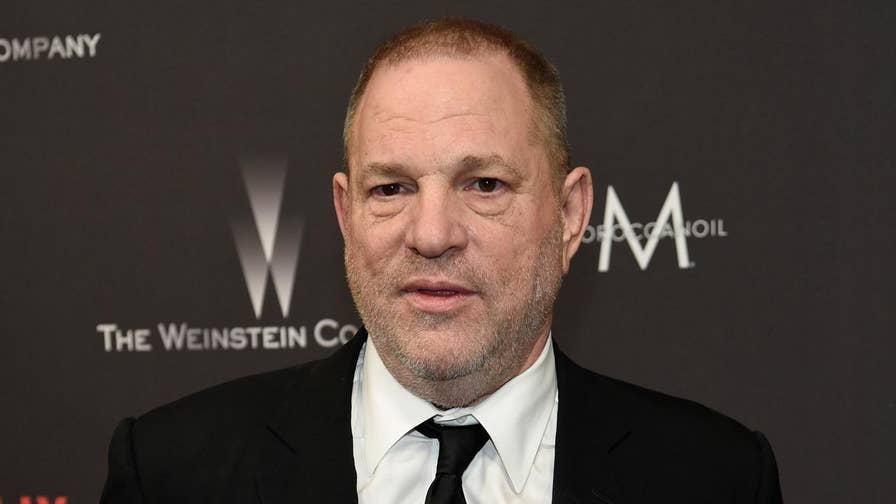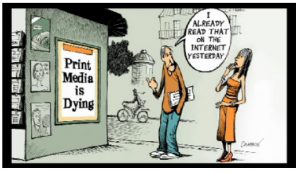Remember when not too long ago, computers were for basic internet searches, browsing, and playing Snake? Today’s technology plays a radical difference in our lives. In fact, the current tech industry resembles the pixelated snakes that crossed our screens pre-internet and high-resolution graphics, with large corporations swallowing smaller companies to amass market share and power.
According to Barry Ritholtz’ opinon in Why Apple Should Buy Netflix, he outlines how Apple could benefit from buying the movie-streaming giant, Netflix. However, buying Netflix would not only benefit Apple, but would also provide Netflix with a solution to their problems. Apple has learned that film and television are very different industries than what they’re currently focusing on, yet is leverage that Amazon has over the company. While Apple is seeing its strongest competitor branch out and grow, Netflix is struggling to acquire or create new content, shredding through billions per year that they may not have in the future. A symbiotic relationship would mutually benefit both companies; outside of phones and laptops, Apple has not been competing well, especially in content while Netflix is struck worrying with access to capital to pay for original content. Apple’s video content offerings are falling behind its competitors with Apple TV ceding a giant lead to Google Chromecast and Amazon Fire Stick and Amazon Prime Video.

Ritholtz suggests Apple takeover Netflix in an all-stock deal for $100billion. I agree with Ritholtz that this expensive price tag is overpaying for Netflix; however, Apple’s surging value proves its capability to handle the cost. More importantly, Apple needs to consider this deal in order to maintain its steady growth. If Apple passes on this opportunity, it’s very possible that its competitors will jump at the chance to acquire Netflix and gain major leverage over Apple.
I find Ritholtz’ post offers interesting foresight into where he believes the future of the tech industry is heading. He offers insight as to why and why not he thinks the deal is a good idea and introduces an idea that really makes us think of what the next major move in the techonology will look like.
However, such a shift in Apple’s focus begs the question of whether it would be too big of a shift from Apple’s core business in developing hardware and software and whether Apple would be able to manage such a big purchase, with Beats Music LLC as its largest acquisition at only $3 billion. Though the post offers many reasons why a takeover of Netflix is seemingly a good idea, I see Apple as being better off with considering a merger with the company, diversifying risk while still enjoying the benefits of partnering with Netflix.
Word Count: 446
Works Cited:
Ritholtz Bloomberg, B. (2017, November 10). Why Apple Should Buy Netflix. Retrieved November 10, 2017, from https://www.bloomberg.com/view/articles/2017-11-07/why-apple-should-buy-netflix









